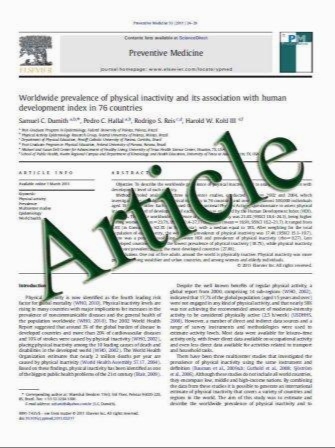Is there any purpose in classifying subtrochanteric fractures?The reproducibility of four classiWcation systems
- نوع فایل : کتاب
- زبان : انگلیسی
- مؤلف : P. M. Guyver · M. J. H. McCarthy · Neil P. M. Jain ·R. J. Poulter · C. J. P. McAllen · J. Keenan
- چاپ و سال / کشور: 2011
Description
Introduction ClassiWcation systems are used for communication, planning treatment options, predicting outcomes and research purposes. The majority of subtrochanteric fractures are now treated with intramedullary nails and therefore questioning the need for classiWcation. Objectives To assess the intra- and inter-observer reproducibility of the Seinsheimer, AO and Russell-Taylor (RT) classiWcation systems and to assess a new simple system (MCG). Materials and methods The MCG system was developed to alert the surgeon to potential hazards: type 1—subtrochanteric fracture (ST#) with intact trochanters, type 2— ST# involving greater trochanter (entry point for nailing diYcult), and type 3—ST# involving lesser trochanter (most unstable). Thirty-two anteroposterior and lateral radiographs of subtrochanteric fractures were classiWed independently for each of the 4 classiWcation systems by 4 observers on 2 separate occasions. Results The intra- and inter-observer variation was poor in all systems (highest Kappa 0.35). MCG had the best reproducibility followed by RT, then AO and Seinsheimer. The data were re-analysed to determine whether the Wndings were due to the presence of too many subgroups and whether the observers could more accurately identify important individual subclassiWcations: Seinsheimer 3a, AO31-A3.1, RT 1 or 2, RT a or b, and MCG3. The MCG3 had the narrowest ranges for intra- and inter-observer reproducibility. Conclusions The classiWcation systems analysed in this study have poor reproducibility and seem to be of little value in predicting the outcome of intramedullary nailing as all of the fractures achieved union. The MCG system may be of some use in alerting the surgeon to potential problems.
Eur J Orthop Surg Traumatol DOI 10.1007/s00590-011-0780-3 Received: 24 October 2010 / Accepted: 11 February 2011


